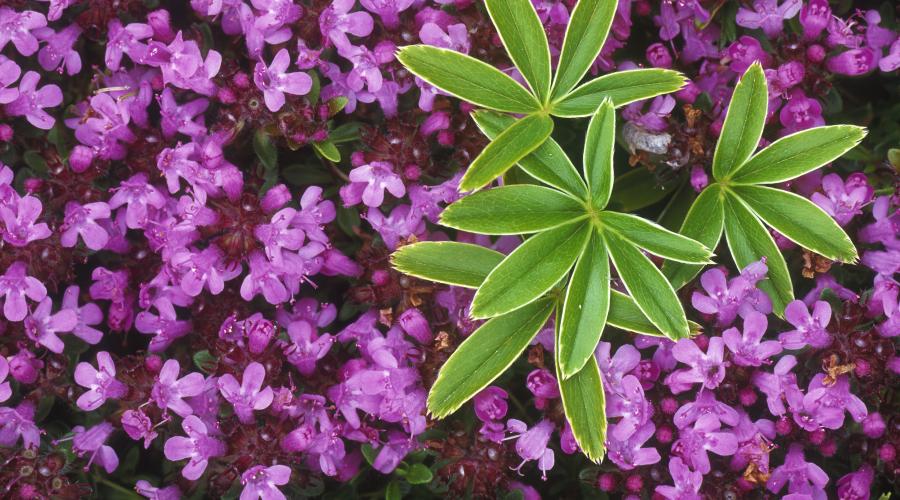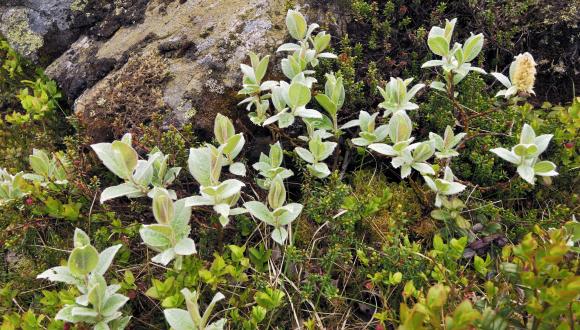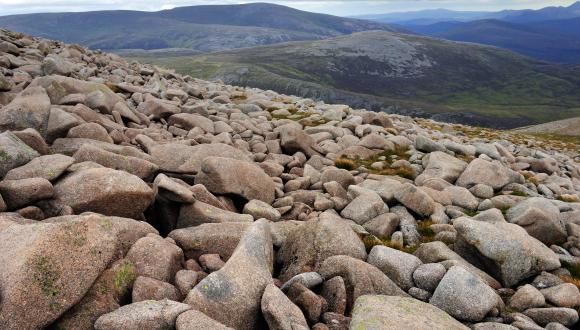
Grassland
Upland grassland typically boasts a diversity of species. Often very herb-rich, it supports many wild flowers and native grasses.
Upland grassland typically occurs above the limit of enclosed agricultural land, though it can be found right down to sea level in the north-west of Scotland.
The scent of thyme and buzz of insects signal the richness of our upland grasslands.
Among the upland invertebrates found in this haven is the rare whorl snail – a UK Biodiversity Action Plan priority terrestrial invertebrate species.
Smaller invertebrates attract larger animals that feed on them, so our grasslands – although small – are a very important habitat for many species.
Small in extent – but significant
Upland grassland is found across Scotland, often associated with rich underlying geology that supports the variety of species.
Upland grasslands can be quite small, fragmented habitats that form part of a mosaic of upland vegetation types. The grassland part is very important, even though it may not cover a very large area.
Scotland’s upland grasslands are thought to cover less than 1% of our land area.
The right amount of grazing
Grassland is an important upland habitat and attracts many animals. Flowers thrive and seed successfully, and rich vegetation provides good grazing for wild deer and summer grazing for sheep.
Grazing prevents less desirable species from crowding out the vegetation, keeping the grassland in good condition. But flowers are at risk from trampling and overgrazing, so a fine balance must be maintained.
Find out more
Natural Heritage Futures: Hills and Moors
The Peatlands of Caithness & Sutherland: Management Strategy 2021 – 2030
Using wildflower seed mixtures for grassland creation: Information and Advisory Note No. 106





